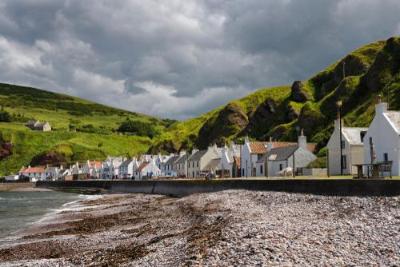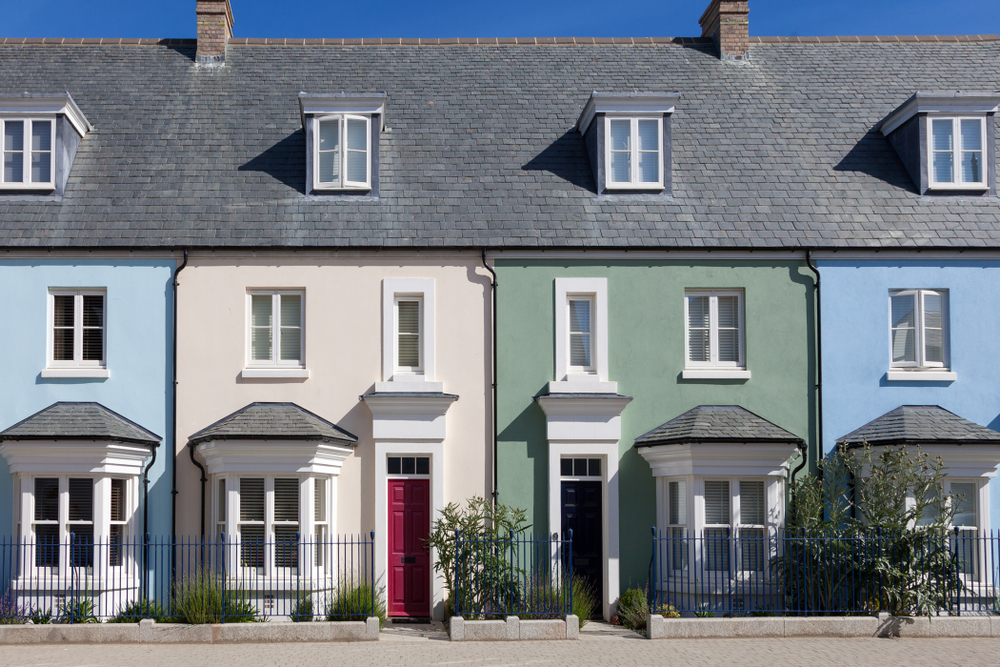
The cost of coastal homes in Britain more than doubled - rising 56 per cent - between 2012 and 2022 says the Halifax.
Sellers in Salcombe made the greatest gains, as average prices increased by 123 per cent (£558,538 vs £1,244,025) over the last decade. At the end of 2022, homes in Margate cost 109 per cent more, on average, than they did in 2012 (£146,276 vs £305,191) and properties in Westgate-on-Sea are up 100 per cent over the past 10 years (£154,686 vs £308,764).
When looking at growth in 2022 compared to the prior year, house prices in Yarmouth on the Isle of Wight grew the most – up 53% per cent on average – to £611,816 (from £399,206 in 2021).
House buyers in Aldeburgh, Suffolk need an average £794,492 (up 47 per cent in 2022, from £539,882 in 2021) and those looking for a property in Campbeltown saw prices increase by 42 per cent during last year, to £129,348 (from £91,201 in 2021).
Kim Kinnaird, Mortgages Director at Halifax, says: For many, owning a home by the sea is an aspiration, with coastal living offering beach walks, clean air and other health benefits. But this comes at a price in many locations and Britain’s most expensive seaside spot, Salcombe in Devon, will set buyers back over £1.2 million on average.
“When we delve deeper into the cost of Britain’s seaside homes, it’s clear that there is a broad spectrum in house prices. Whilst million-pound properties are abundant in the South West of England, in contrast, homes in Greenock in Scotland are valued on average at less than £100,000.
“Second home ownership undoubtedly plays a role in driving up prices in the most desirable locations. While house prices in any location are driven by factors such as supply and demand and interest rates, there are also socio-economic factors at play.
“Some of these factors are more acute in Britain’s coastal communities, and many British towns most in need of investment also sit near the shore.”














%20-%20IMAGE%20Client%20Accounting%20%E2%80%93%20what%20are%20your%20options.jpg)





Join the conversation
Be the first to comment (please use the comment box below)
Please login to comment